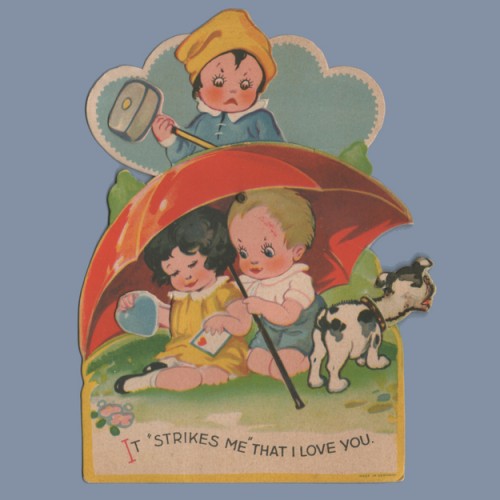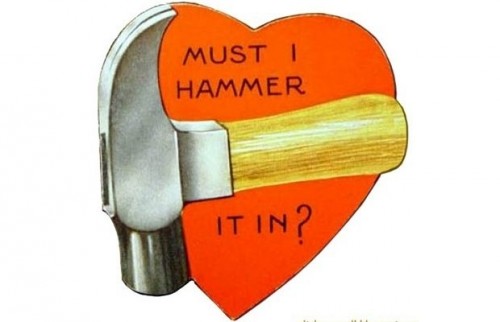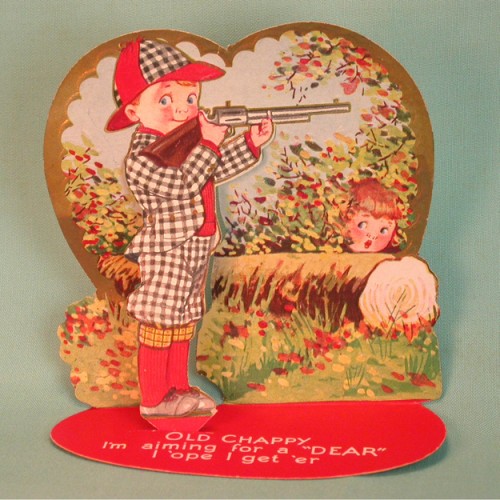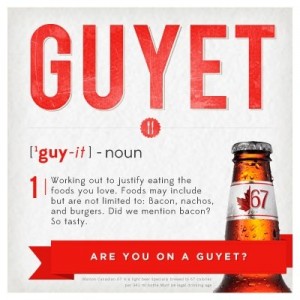A new example prompts us to re-post this fun one from 2010.
We’ve posted in the past about the way in which “male” is often taken to be the default or neutral category, with “female” a notable, marked, non-default one. For instance, the Body Worlds exhibit, “regular” t-shirts are men’s, Best Buy assumes customers are male, stick figures on signs are generally male, and default avatars tend to be male.
We’ve collected several more examples of the tendency to present men as the norm, while women are a marked, non-default category. @LydNicholas tweeted us this example of a LEGO product advertised on their website. Notice that the blue version is a LEGO Time-Teach Minifigure Watch and Clock, while the pink version specifies that it’s for girls:
Jessica J. noticed that Wal-Mart Target helpfully lets you know where to find both neutral, plain old deodorant and women’s deodorant:
Jane G. sent us this photo of t-ball sets, one for girls and the other with no sex specified:
Aline, in Brazil, found these two wall painting kits. One is just a painting kit and the other is specifically “for women” (“para mulheres”). The latter, she said, claims to be a special offer, but is actually about $2 U.S. dollars more.
Eric Stoller pointed out that ESPN differentiates between college basketball and “women’s” basketball:
Lindsay H. pointed out that when you go to the U.S. Post Office’s website to forward your mail, it offers you the chance to subscribe to magazines. Those aimed at women (Cosmopolitan, First for Women, etc.) are in the category “Women,” while equivalent magazines for men (Esquire, Maxim) are not in a category titled “Men” but, rather, “Lifestyle”:
And Jane V.S. noticed that REI has various types of marked, “non-standard” sleeping bags, including those for tall people and women:
Renée Y. sent along another example, bike helmets:
Jessica B. spotted this pair of sibling outfits, coming in “Awesome Girl” and “Awesome Kid”:
E.W. searched Google for men’s specific road bikes and Google asked, “Don’t you mean women’s specific road bikes”? Because there are road bikes for people and road bikes for women.
Ann C. sent a screenshot of bubblebox, a site for children’s games. Notice that along the top there are seven options. The last is “girls,” suggesting that all the rest are for boys.
So, there you have it. In this world, all too often, there are people and there are women and girls.
Gwen Sharp is an associate professor of sociology at Nevada State College. You can follow her on Twitter at @gwensharpnv.































